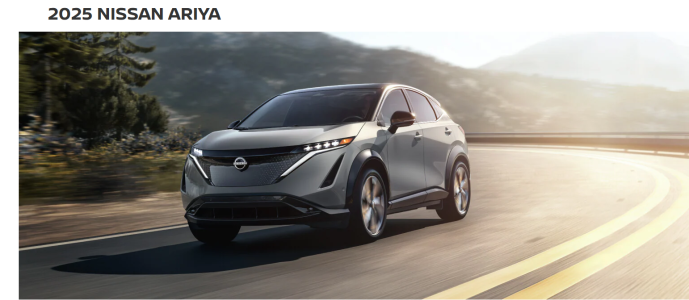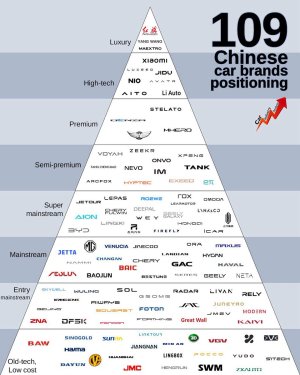What really sunk Nissan was their faulty CVT transmissions. After all the lawsuits and countless reports of failures across nearly all models, it became clear that their CVTs were fundamentally flawed. These issues typically started showing up anywhere between 80,000 to 140,000 km and in some cases, transmissions were dying even before 50,000 km, which was unheard of for Japanese-made vehicles before.
It wasn’t just a few isolated incidents or something that could be prevented with regular maintenance — the design itself was garbage. The belts and pulleys in Nissan’s CVTs would wear out prematurely, and instead of owning up to it, Nissan kept insisting the failures were due to owners not changing the transmission fluid on time. The truth is, many owners did change the fluid regularly, every 30,000 km or so, yet their transmissions still failed. Even the “lucky” ones whose CVTs didn’t die early often started having problems around 180,000 km.
Nissan knew exactly what was wrong but refused to properly fix it. With the 2020 models and onwards, they had a chance to recover by introducing a reliable transmission design but they didn’t. You’ll find posts online claiming that newer Nissans don’t have CVT issues “as long as you change the fluid every 30,000–50,000 km,” but that’s just marketing spin. Plenty of 2020+ Sentras and other models are already having problems. It’s honestly sad how far Nissan has fallen as a brand that once made rock-solid cars.
Most automakers have struggled with CVTs, yet they stubbornly refuse to return to traditional automatics, which are far more reliable. They claim it’s all about fuel economy, but the real-world difference is minimal. Mazda deserves a lot of credit here, they’ve avoided CVTs altogether, and their conventional automatics are smooth, durable, and paired with engines that are considered bulletproof in the industry.
I used to drive a 2012 Kia Optima 2.0 Turbo (one of the early ones with around 280 hp), and I absolutely loved it, But even then, I’d personally avoid turbo engines and CVTs if possible. No matter how well they’re built, they rarely last beyond 200,000 km without needing major work. Turbo engines especially have their drawbacks, laggy throttle response, higher long term costs, and more stress on the components.
Even Honda’s 1.5 Turbo engines turned out to be a disappointment, with widespread issues. When you push a small engine to produce more power and better fuel economy through a turbo, you’re just inviting long-term reliability problems. Sure, some people get lucky depending on how they drive and where they service their cars, but it shouldn’t come down to luck.
These days, almost everyone’s using CVTs, Toyota and Honda have done a decent job refining theirs, and they do tend to last longer, but even then, they’re high-maintenance and still start to fail around 250,000 km.
In short, I miss the days when cars were built to last — simple, naturally aspirated engines with conventional automatics that could comfortably make it to 500,000 km with proper maintenance.








